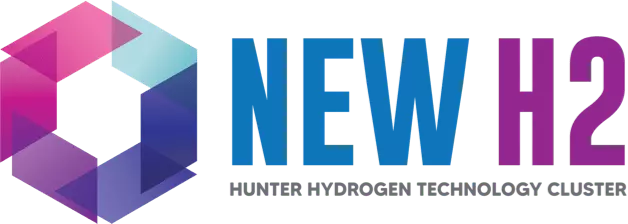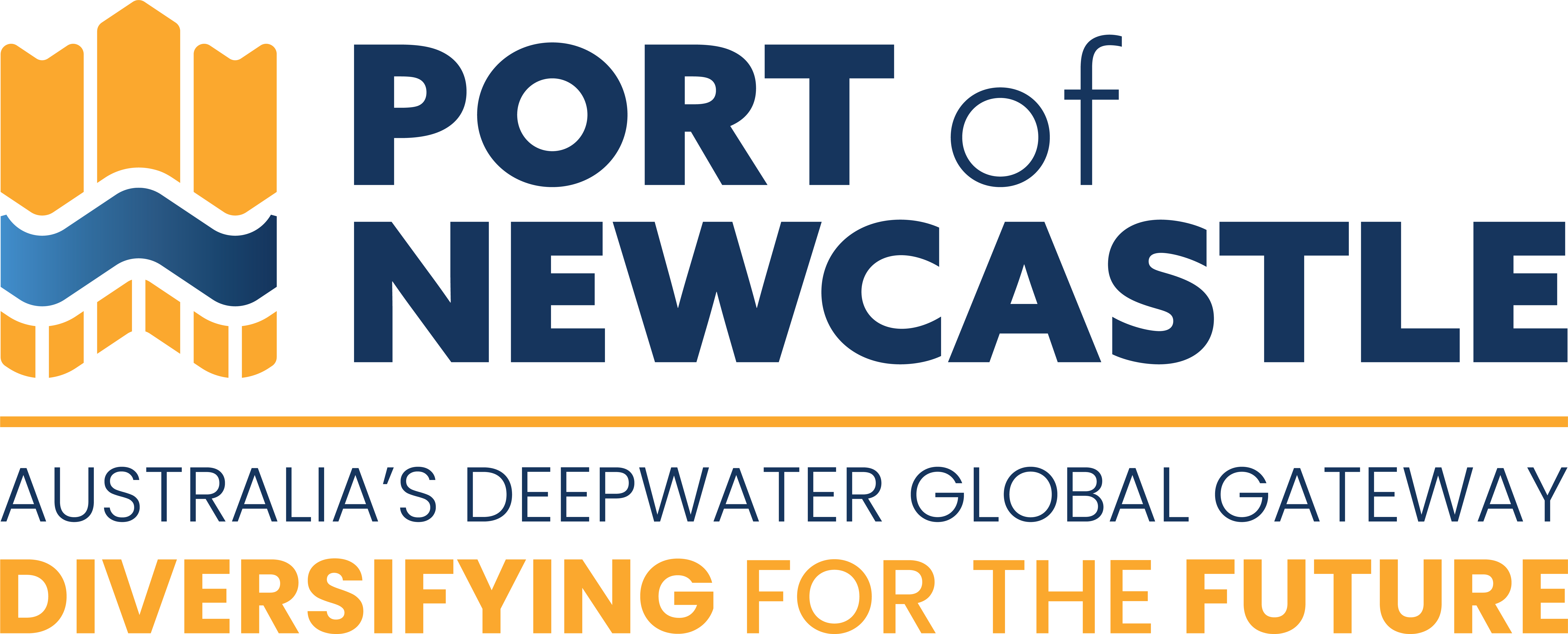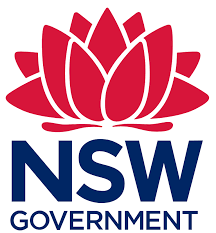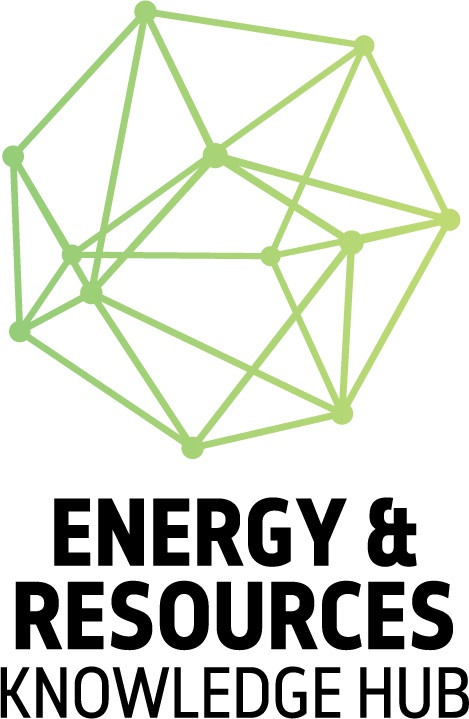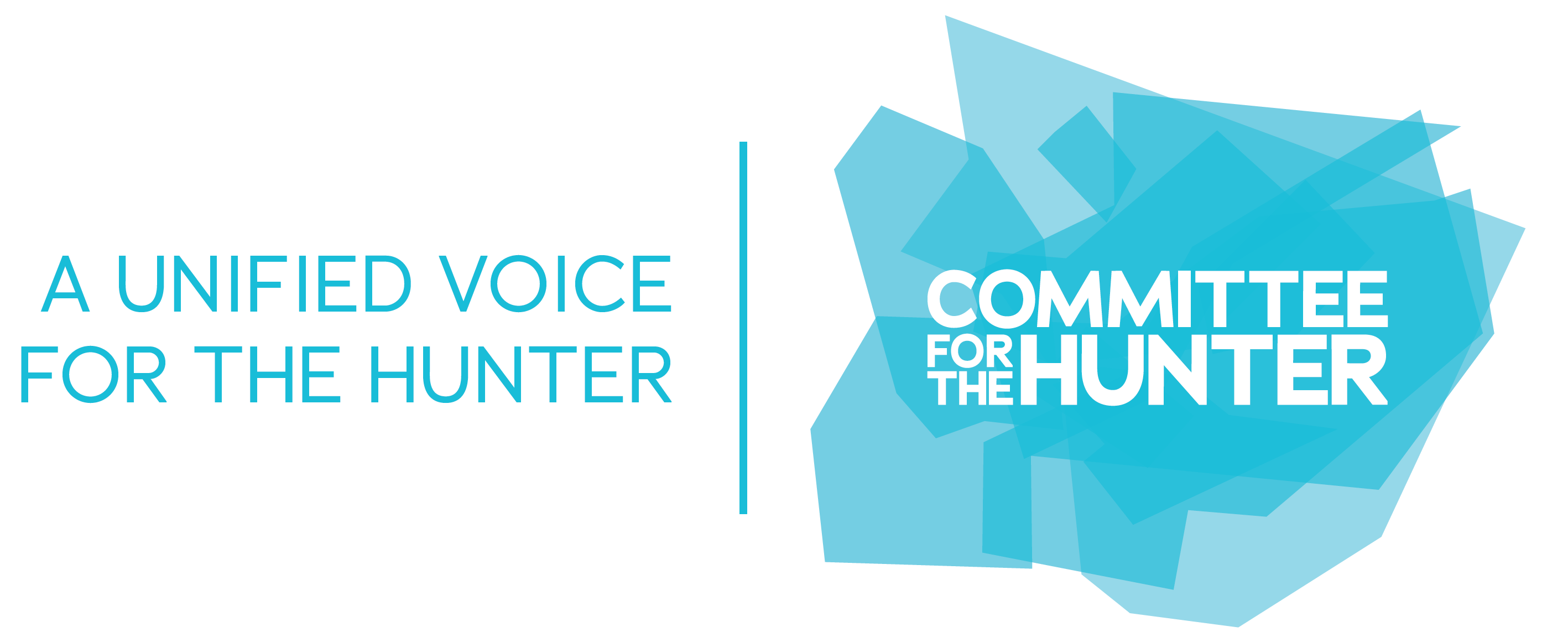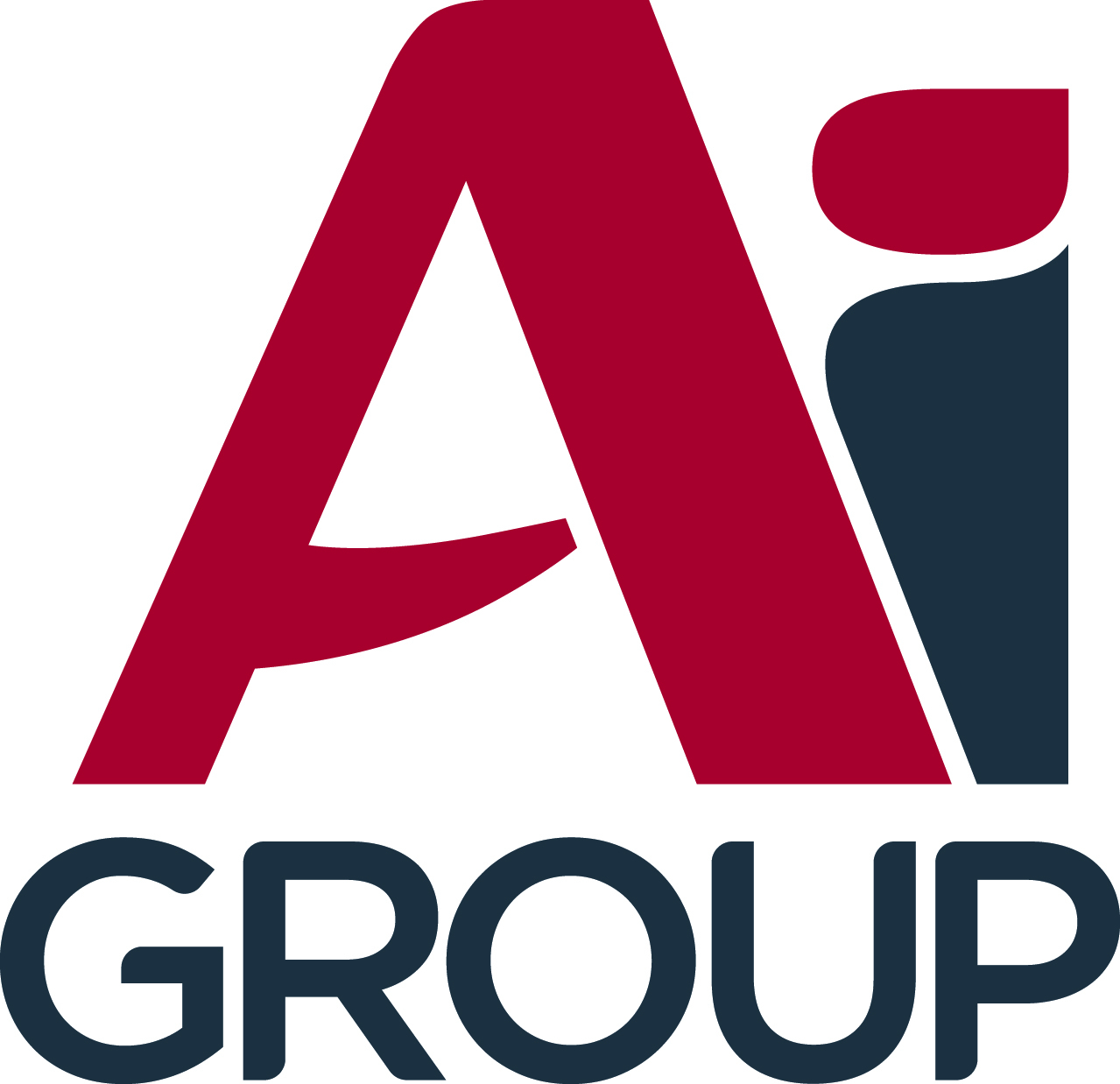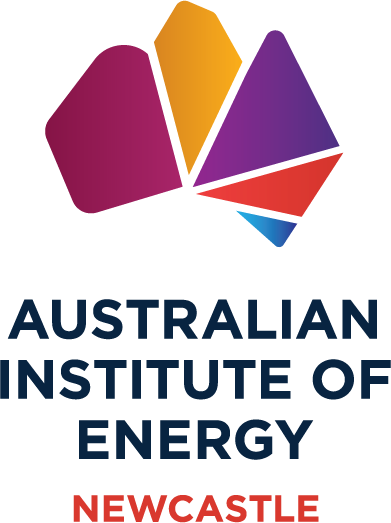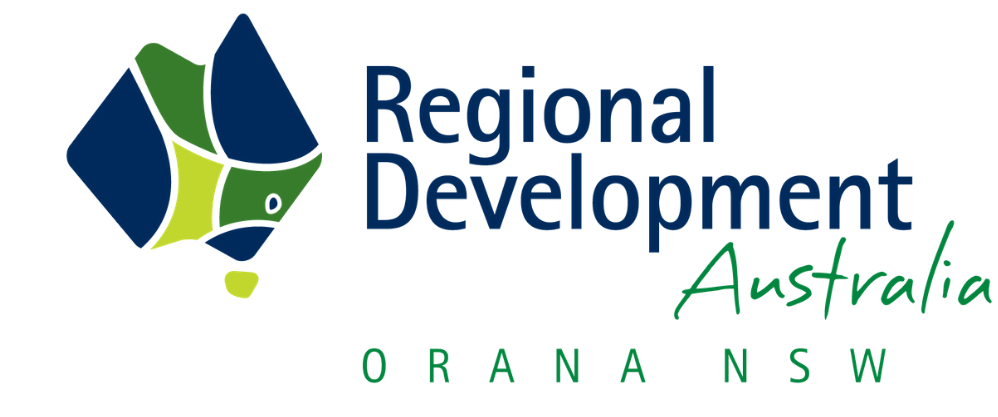Committee for the Hunter release the Hunter Hydrogen Infrastructure Masterplan
The Hunter Hydrogen Infrastructure Masterplan is focused on accelerating and scaling delivery of the Hunter hydrogen hub. It builds upon the platform set by the Hunter Hydrogen Roadmap and the significant progress that has been achieved since its release.

The Committee for the Hunter is an independent and inclusive champion for the people of the Hunter and their enterprises, supplying effective advocacy and thought leadership to help build a sustainable and prosperous future for the region.
With funding from the NSW Government Regional NSW Business Case and Strategy Development Fund, the Committee have developed and released The Hunter Hydrogen Infrastructure Masterplan. The Masterplan outlinines a comprehensive strategy to position the Hunter region as a key player in the clean energy sector.
Informed by the Hunter Hydrogen Taskforce, chaired by Alex Dronoff (Fitchner Australia) and Deputy Chair Professor Alan Broadfoot (NIER), the masterplan marks a milestone in the region's journey towards becoming Australia's leading hydrogen hub and technology cluster.
With the Hunter Hydrogen Hub the only federally declared national hydrogen hub in New South Wales and one of three identified by the state government, the Masterplan charts a course for regional economic diversification, innovation, and a substantial reduction in carbon emissions.
The Masterplan notes that the region's clean energy ecosystem has already attracted international attention, resulting in delegations from over nine nations visiting the area to explore new energy, trade, and knowledge partnerships. Several projects within the hub are nearing final investment decisions, backed by funding from both state and federal governments. The region's enabling environment has seen considerable progress, including the development of supply chains, shared infrastructure, and workforce capabilities.
Appointing the Hunter Hydrogen Hub as a Special Economic Area, offering specific incentives, policies, regulations, and access to shared infrastructure is a recommendation of the Masterplan, with the aim of attracting domestic and foreign direct investment, technology, innovation, and workforce, contributing to Australia's position as a major producer and exporter of green hydrogen.
The Masterplan posits Muswellbrook, situated in the heart of the Upper Hunter, as a central hub for hydrogen production. Linked to Renewable Energy Zones, the town is strategically positioned to repurpose former coal-fired power stations and mine sites for clean energy precincts. Education facilities in the region are actively contributing to the growth of a skilled clean energy workforce, fostering collaborations with industry, research institutions, educational providers, and governments.
Further south, Tomago undergoes a transformation into a manufacturing precinct with a focus on clean technology. Hydrogen produced in the region is directed to formerly emissions-intensive manufacturing facilities, serving various industrial purposes.
The Port of Newcastle, historically known for coal exports, is now positioned as the primary gateway for New South Wales’s hydrogen and clean tech exports. Hydrogen generated and stored at the Clean Energy Precinct, in collaboration with institutes like CSIRO, Newcastle Institute for Energy and Resources, and the University of Newcastle, has positioned Newcastle as a research and development, testing, and training centre for clean energy.
The Masterplan details how, with forward planning and governmental support, the Hunter is well placed to contribute to reducing global emissions, transforming domestic energy and industry, replacing economic contributions and jobs from fossil fuels, growing productivity, and living standards, and enhancing Australia’s influence on the world stage.
